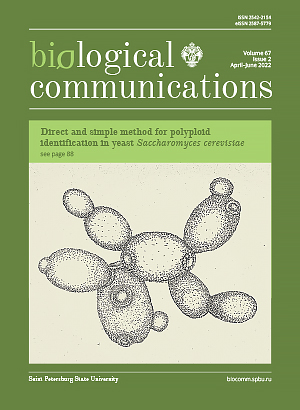Lateralization in the visual perception of a potential source of danger in free-ranging steppe marmots (Marmota bobak)
DOI:
https://doi.org/10.21638/spbu03.2022.205Abstract
A variety of vertebrate species display lateralization of visual perception of threat. However, the vast majority of studies were carried out in the laboratory conditions, and little is known about the relevance of this lateralization for animals in their natural environment. The aim of our work was to study lateralized visual perception of potential threat in the steppe marmot. The asymmetric use of visual fields when reacting to an approaching threat was assessed in two wild populations of marmots. The results showed that marmots predominantly used the right eye for threat monitoring. A significant impact of anthropogenic disturbance was found both within and between the populations. The right-sided preference was reduced in animals inhabiting areas with high degree of anthropogenic disturbance. The eye (left/right) a focal individual used for threat monitoring did not influence its flight initiation distance. Contrary to a previous study, our results do not suggest that the use of a particular eye affects the speed of threat assessment.
Keywords:
functional brain asymmetry, visual lateralization, eye preference, flight initiation distance, Marmota bobak
Downloads
References
Downloads
Published
How to Cite
License
Articles of Biological Communications are open access distributed under the terms of the License Agreement with Saint Petersburg State University, which permits to the authors unrestricted distribution and self-archiving free of charge.





